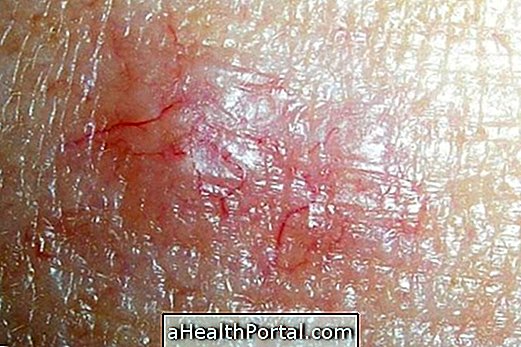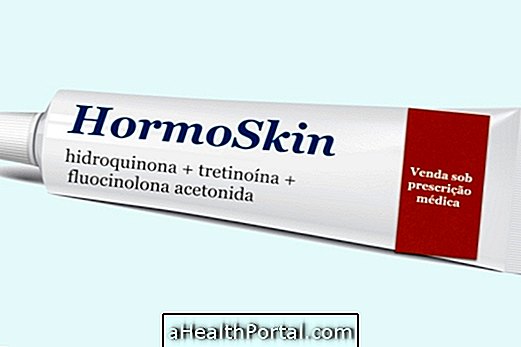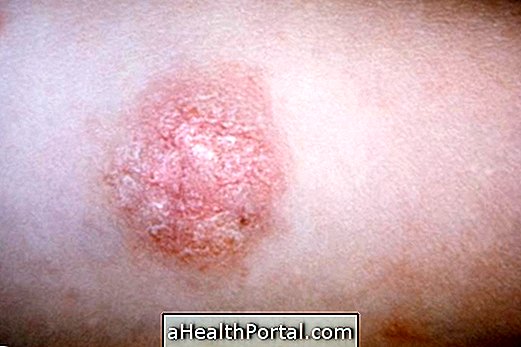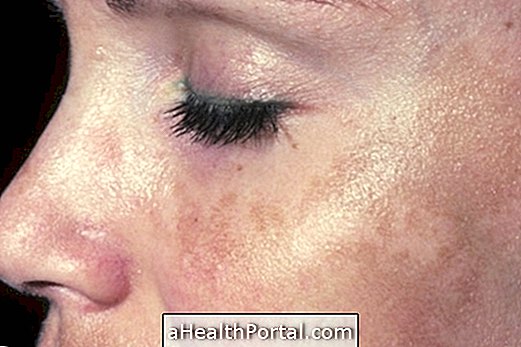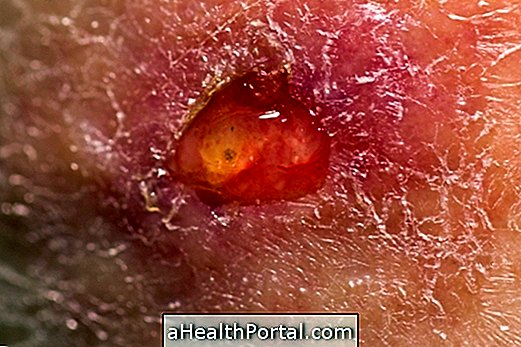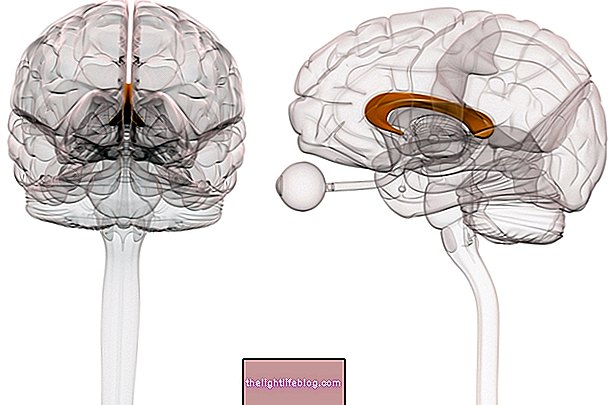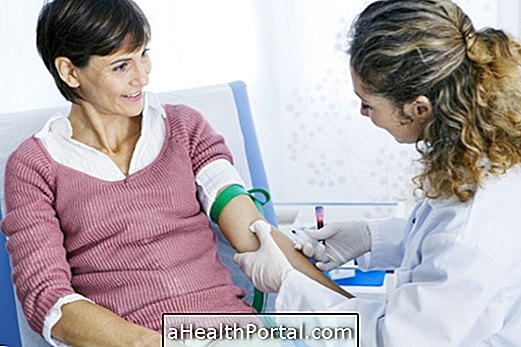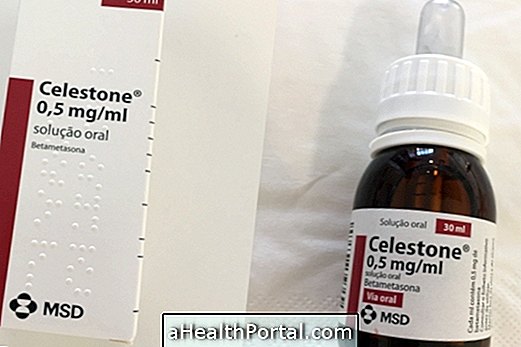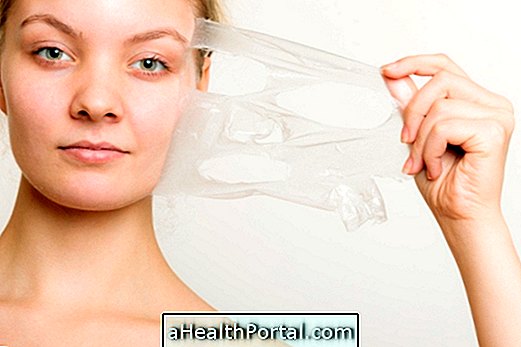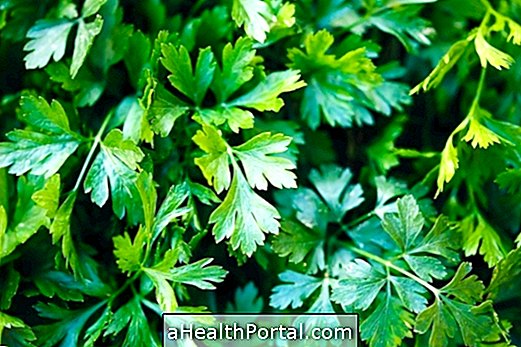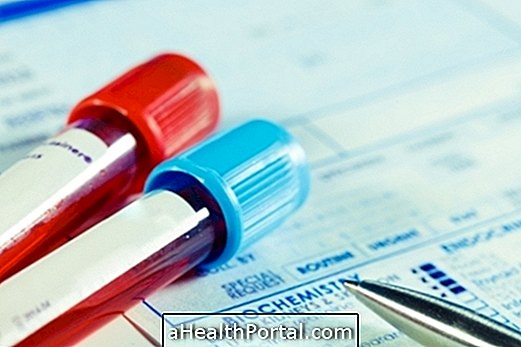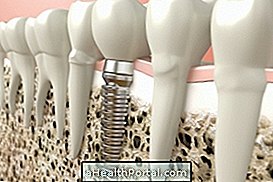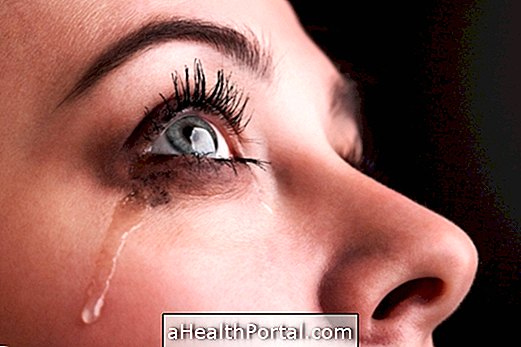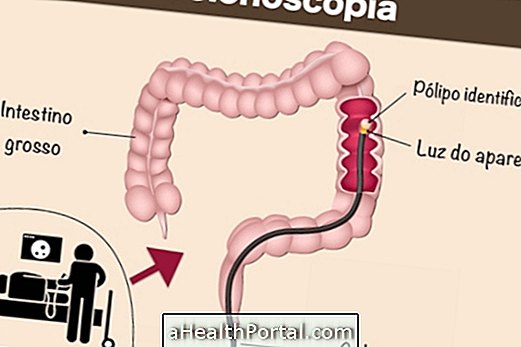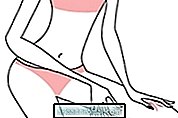The treatment for eschar or decubitus ulcer, as it is scientifically known, can be done with laser, sugar, papain ointment, physiotherapy or dersani oil, for example, depending on the depth of the eschar.
These treatments can be used separately or together, depending on the characteristics of the wound and, therefore, the eschar should always be evaluated by a doctor or nurse.
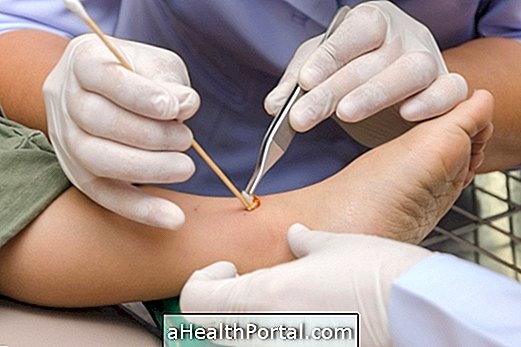
However, regardless of the treatment, the general principles for the treatment of bedsores include:
- Remove dead tissue;
- Clean the wound with saline;
- Apply the product to facilitate healing;
- Put on a bandage.
In addition, physical therapy may also be associated to decrease blood pressure and improve blood circulation in the area, and may be indicated in most cases.
In the case of the more superficial, grade 1 bedsores, they can be cured only by relieving the pressure in place, turning the bedridden patient every 3 hours. Learn more at: How to become a bedridden person.
Laser scar treatment
The treatment for eschar with laser consists of the use of a laser device, of low intensity, to improve the blood circulation of the place and to accelerate the cicatrization of escara. The application of the laser should be done in a specialized clinic by a nurse or physiotherapist.
Ointments for treatment of bedsores
Treatment for eschar with ointment may help to heal eschar more quickly. A good remedy is Dersani oil, which can be purchased at any pharmacy. Simply apply the oil in regions with scattered surfaces and in the regions most prone to its development. There are also other ointments, such as papain, that can be used but must be prescribed by the doctor.
After placing the ointment on the wound should also be applied a moisturizer on the surrounding skin to prevent the increase of eschar.
Here's how to use carob tea as a natural treatment for bedsores.

How to treat an infected skin
The treatment of an infected eschar should always be directed by a dermatologist, since it is necessary to identify the microorganism that is infecting the tissues to choose the best product to be applied in the dressing.
Refined sugar and silver ointments may be some of the options for curing infected eschar, since they have antibiotic action that eliminates microorganisms, facilitating healing. Normally, in this type of scarring, the dressing should be changed every day to facilitate healing.
Signs of improvement
Note that the eschar is closing and healing properly when, around the wound, small granules of red tissue appear, resembling a blackberry. This is a normal condition, as the wound closes in from the outside.
Signs of worsening
Signs of worsening appear when the eschar is not being treated or when the product used for healing is not having the desired effect. In these cases, early signs include increased redness around the eschar and appearance of yellowish or brown tissue inside the wound. After that, there may be more signs of infection such as pus or foul smelling, for example.
